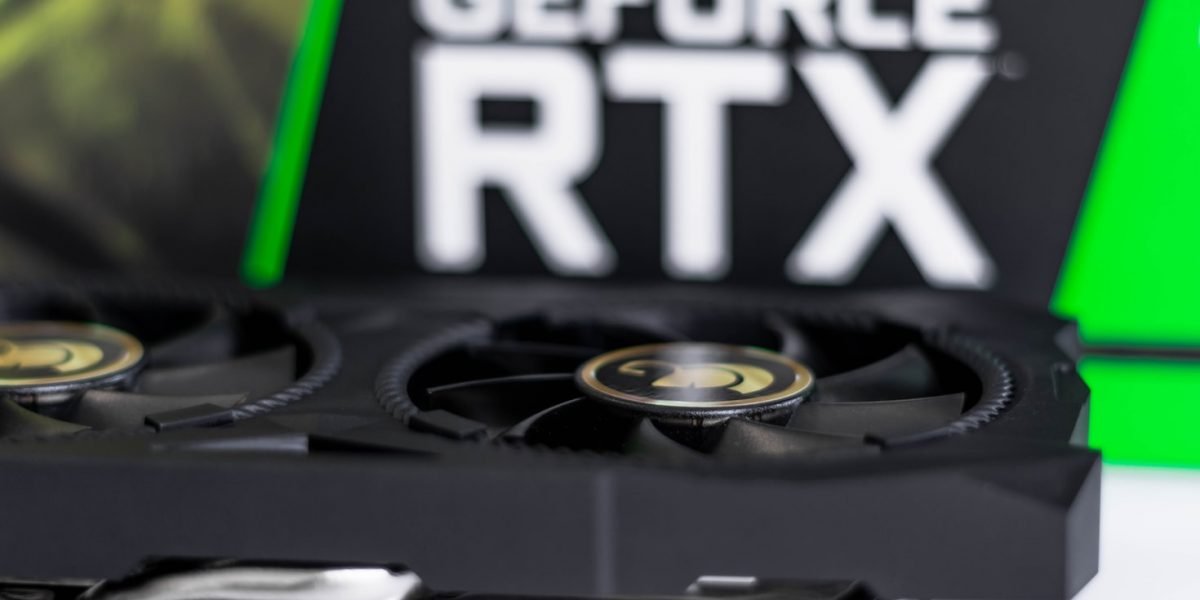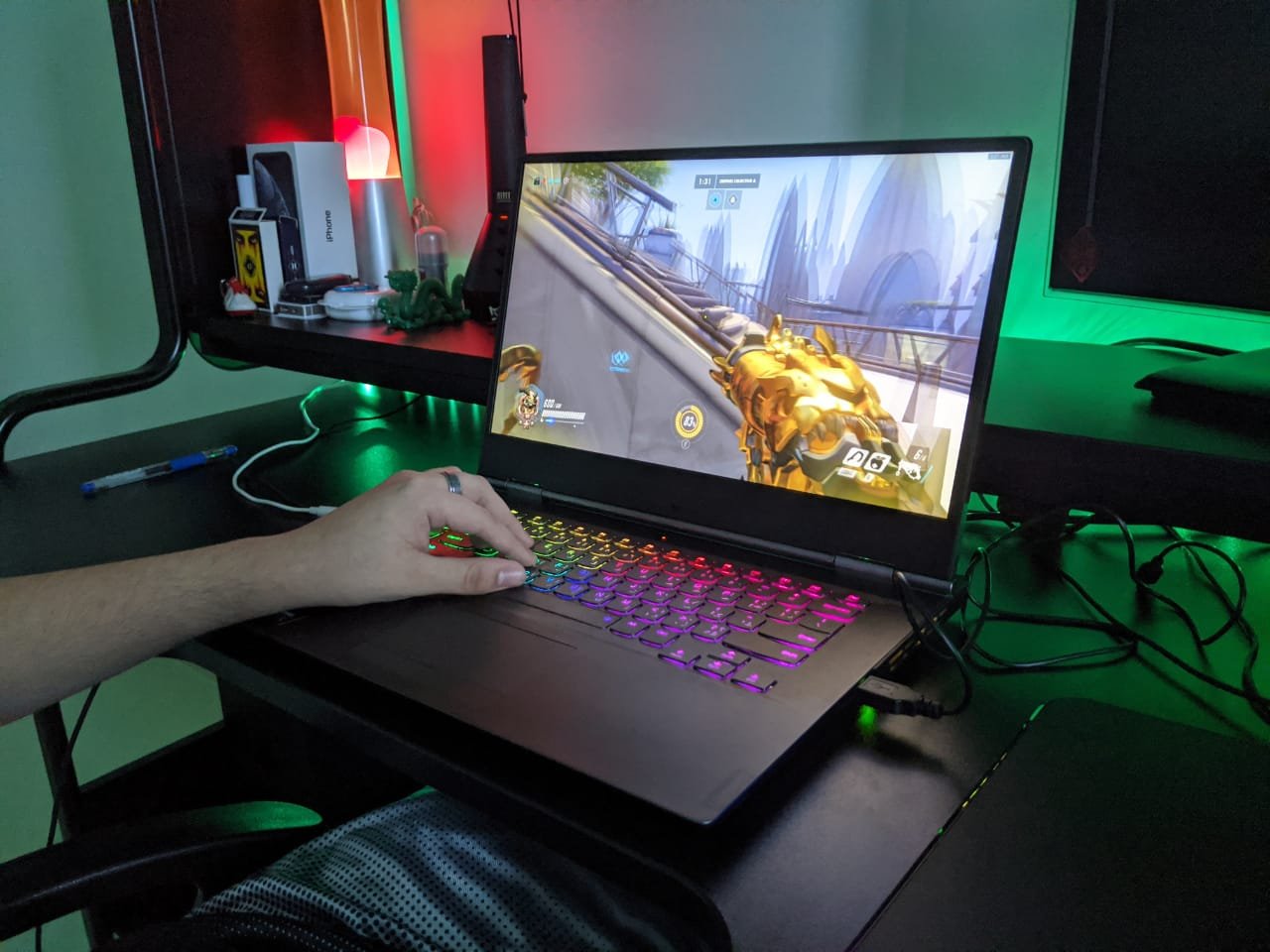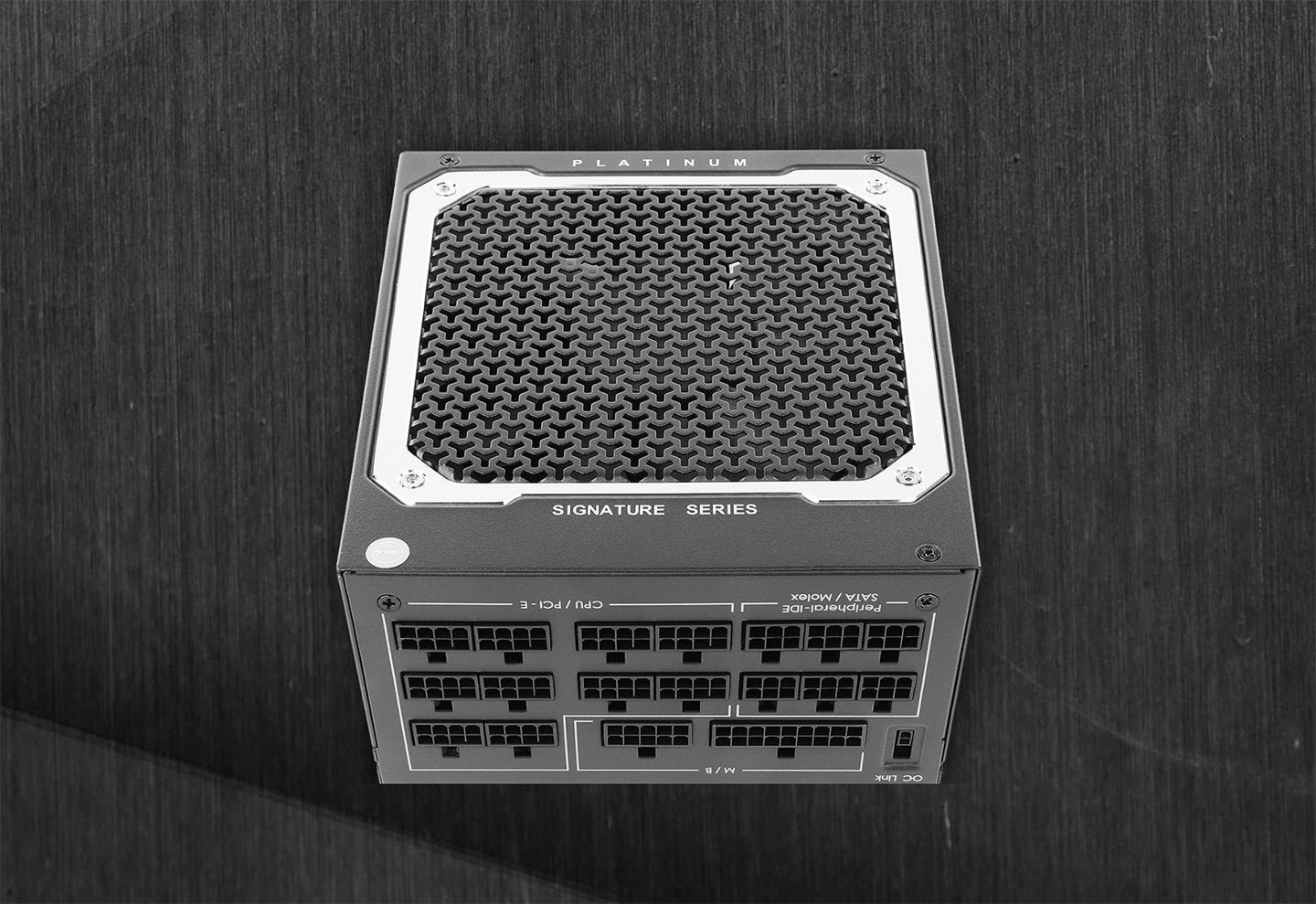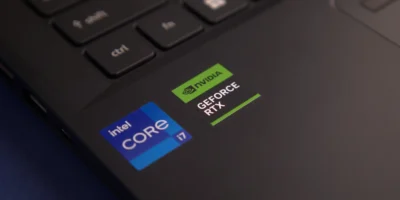GPU shortages have been prevalent in recent years, owing to a combination of wider supply chain issues caused by the COVID pandemic affecting the technology sector and bitcoin miners monopolizing supplies to build mining rigs.
However, According to DigiTimes Asia, normal service is likely to resume as the year progresses. While the current Omicron variant of COVID-19 is still causing product shortages – as workers isolate, supply and manufacturing chains are impacted, and demand is boosted as more people are stuck at home with time to kill on video games DigiTimes predicts that “Graphics Card Shipment worldwide is expected to grow at least 10% on year in 2022.”
Graphic Card Shipment to be improved by 2022
Due to persistent supply concerns, there has been a lot of uncertainty about the availability of popular current-generation graphics cards. The solution to this problem is not straightforward, but the major cause is over-demand. Despite this, many people mistakenly believe there are manufacturing concerns due to the continual shortage of stock.
Finding a Graphics Card in stock from a first-party store may become a little easier in the near future than it has been in a long time. That isn’t to claim the shortage is about to go away. Those in the supply chain, on the other hand, appear to be convinced that an increase in ABF (Ajinomoto Build-up Film) substrate shipments would result in more graphics cards hitting the market as early as next month.
According to multiple sources in the GPU manufacturing business, the shortage of components, particularly those used in the graphics card market, will be alleviated by mid-2022. A recent DigiTimes article says according to the research, substantial changes will occur in the summer of 2022.
The manufacturers are claimed to be unable to produce as many GPUs as they like due to persistent Ajinomoto Build-up Film (ABF) issues. The ABF substrate was initially found in the 1970s, which highlights its significance.
As the material met its better electrical insulating capabilities, Intel pioneered its use in the 1990s to help connect the most complicated circuit designs to the underlying PCB (substrate). ABF substrate has since become an industry standard, with CPUs, GPUs, chipsets, network ICs, automotive processors, and a variety of packages using it.
During the pandemic, both ABF substrate and packaging production capacity were insufficient due to the increased demand for information processing equipment. Two of the most major ABF substrate suppliers are Unimicron and NanYa in Taiwan. According to multiple sources, these corporations are speeding up packaging manufacturing and expanding their operations to improve availability as rapidly as feasible.
However, if bitcoin and blockchain technologies move away from proof-of-work models, which require hundreds of GPUs to crunch numbers, the lessened demand in that area may free up supplies for those who want to utilize their graphics cards to play games.
Conclusion
From the above discussion, we conclude that the market will simply adjust to the current graphics card shortage over time. Unless anything drastic happens, a significant drop due to oversupply, supply will simply not be able to keep up with demand.











